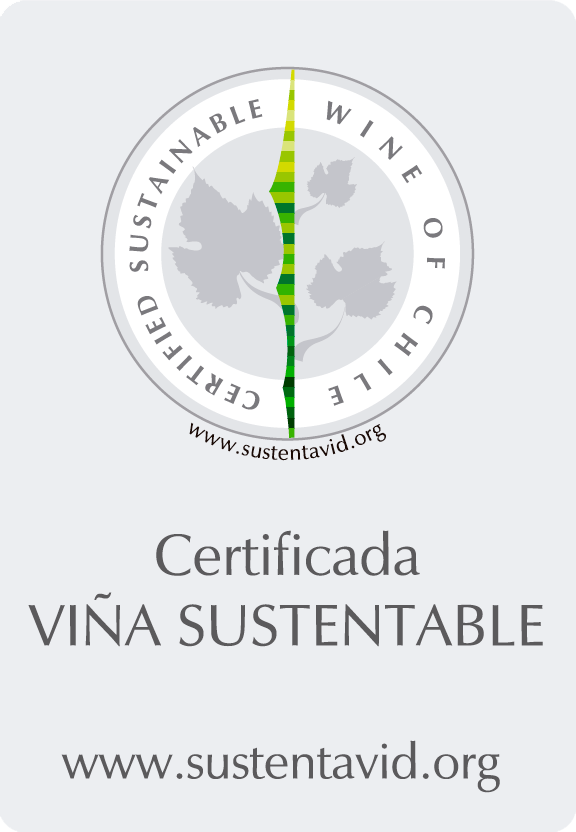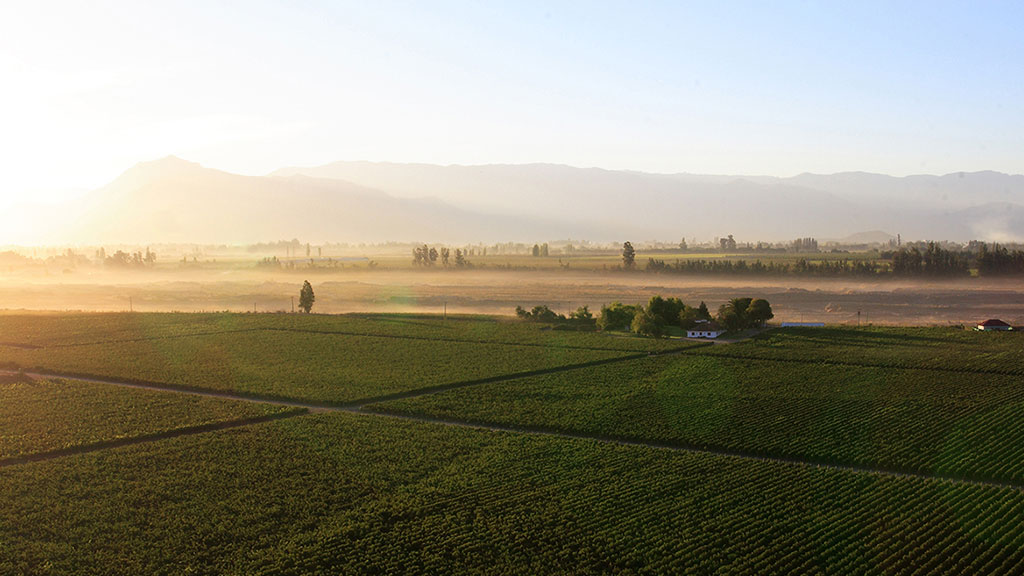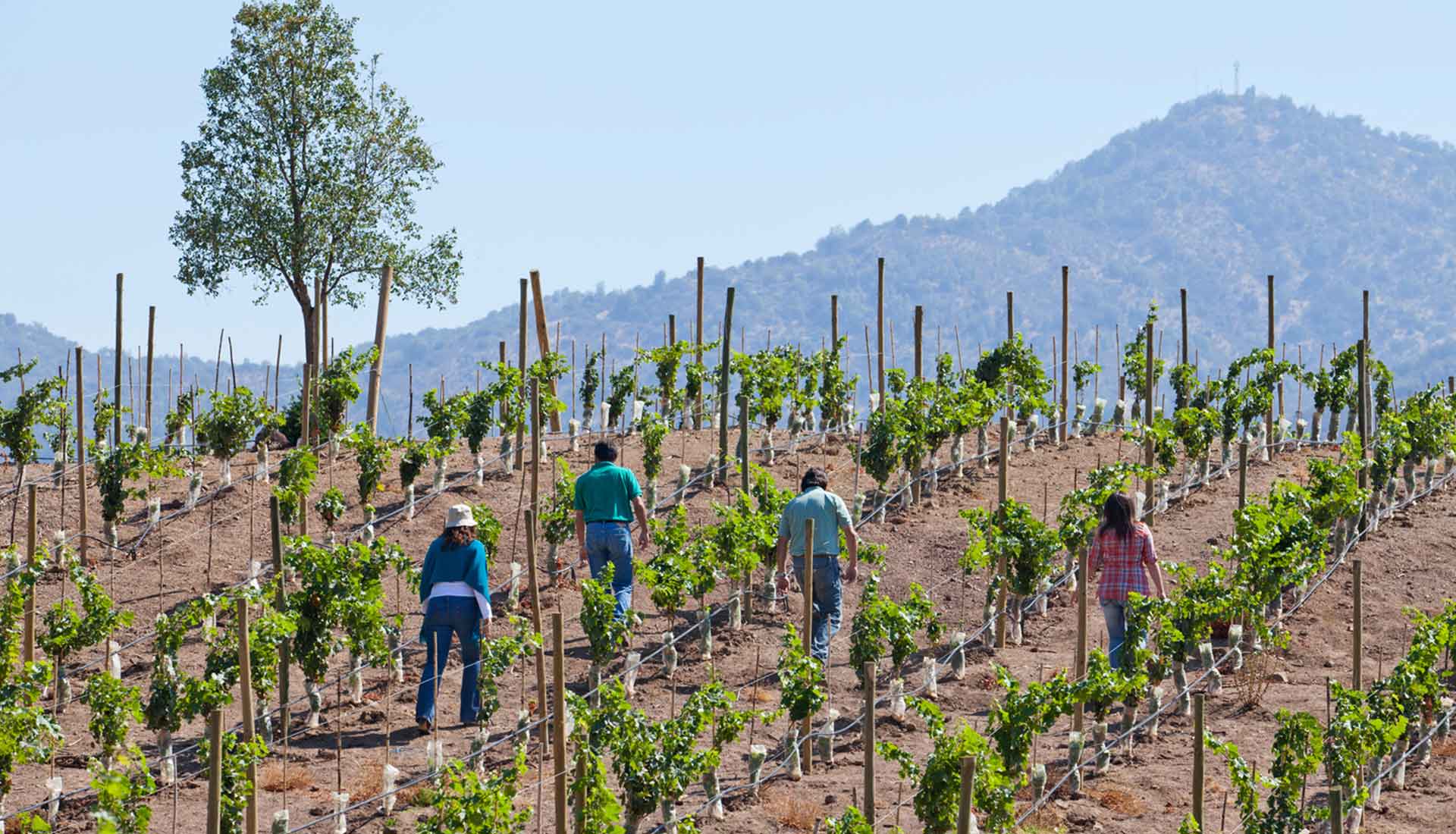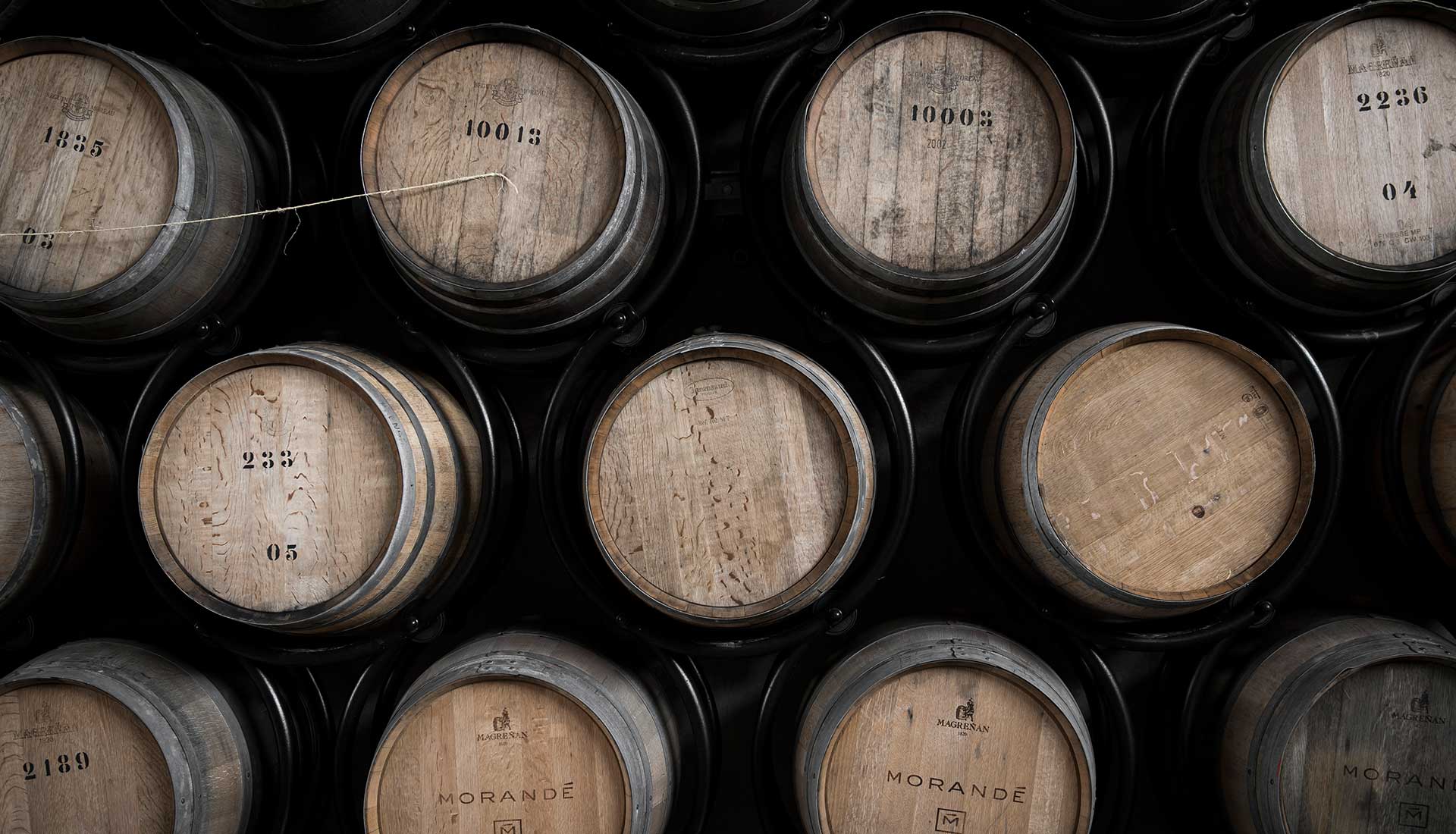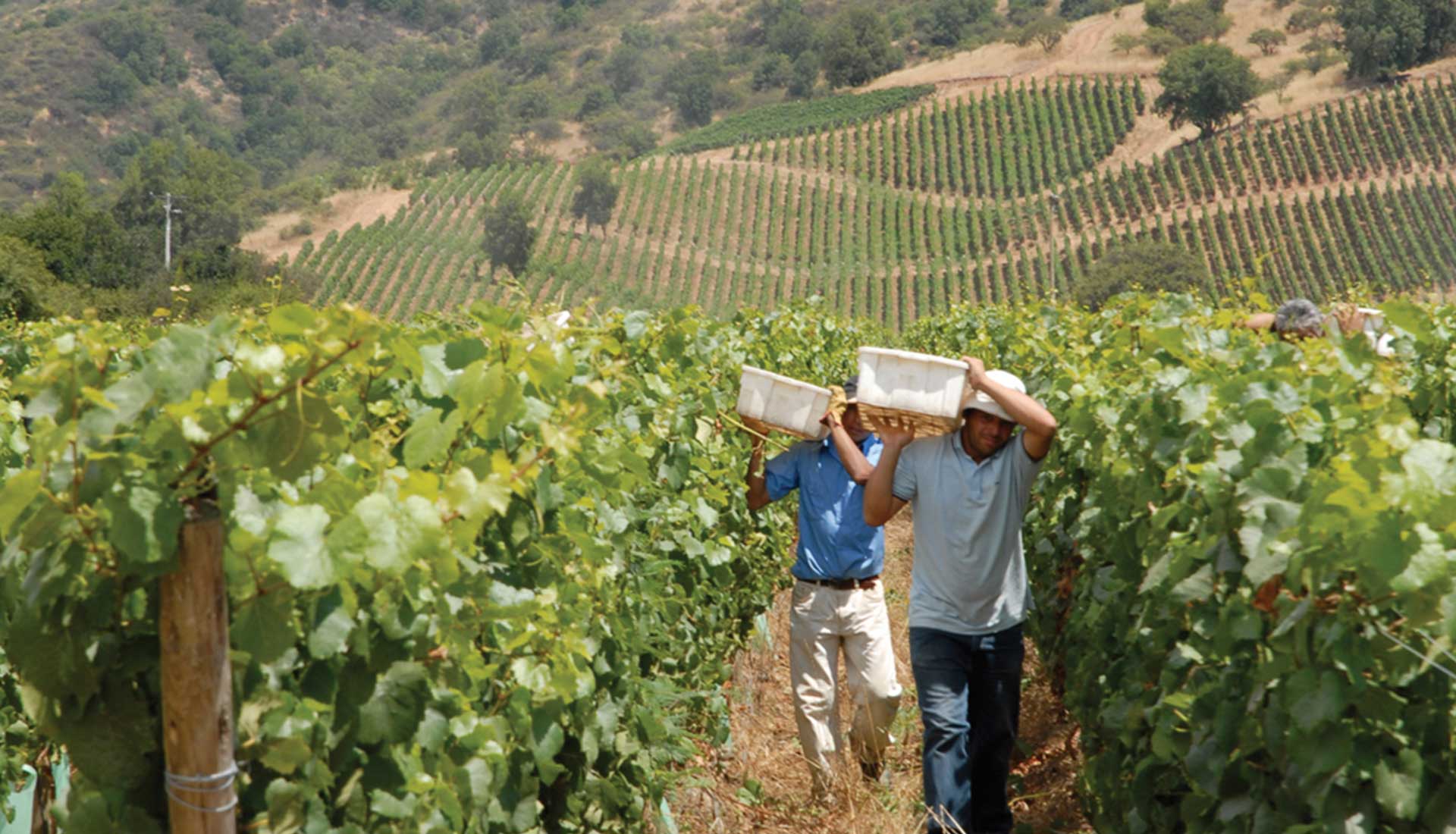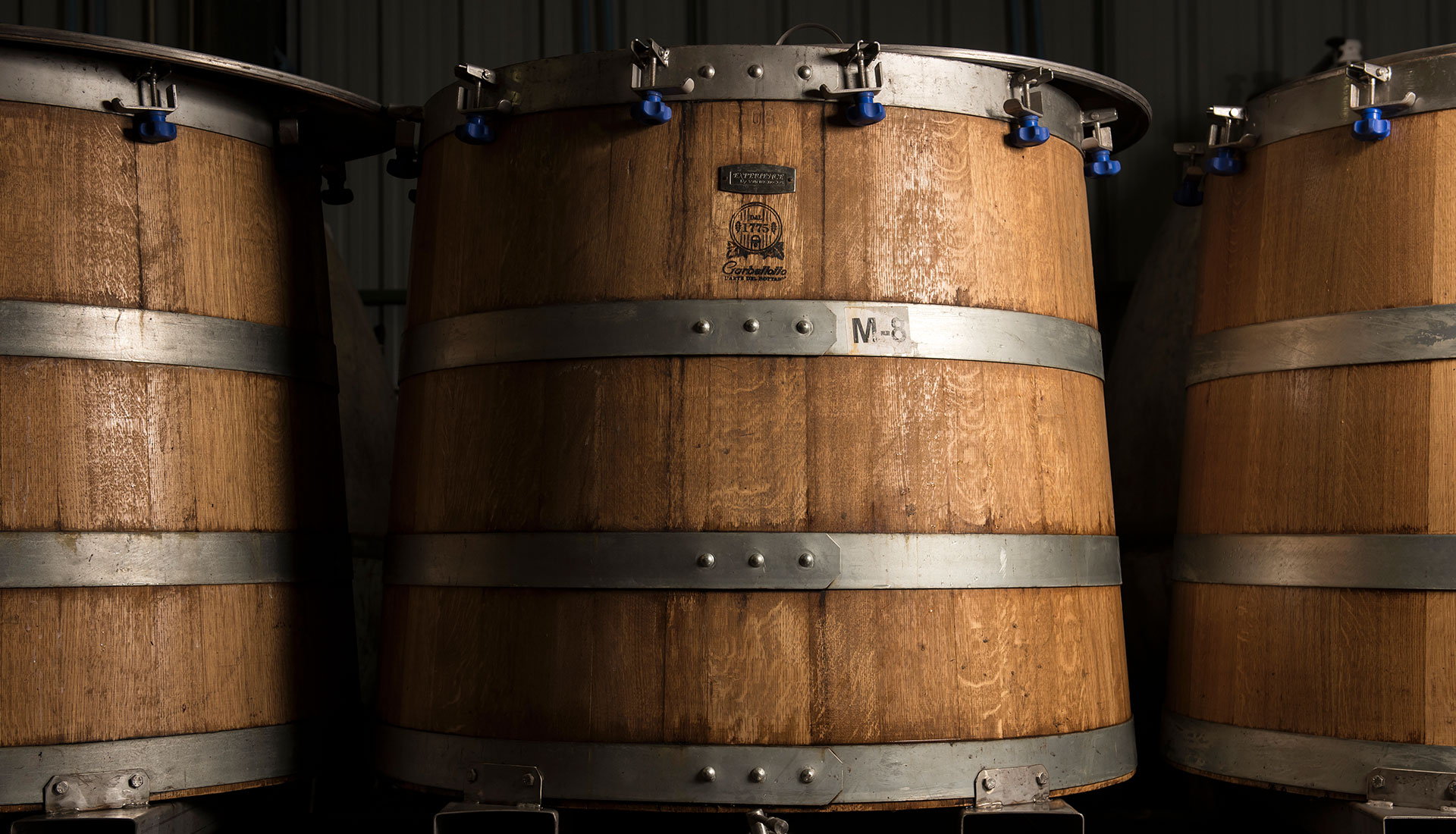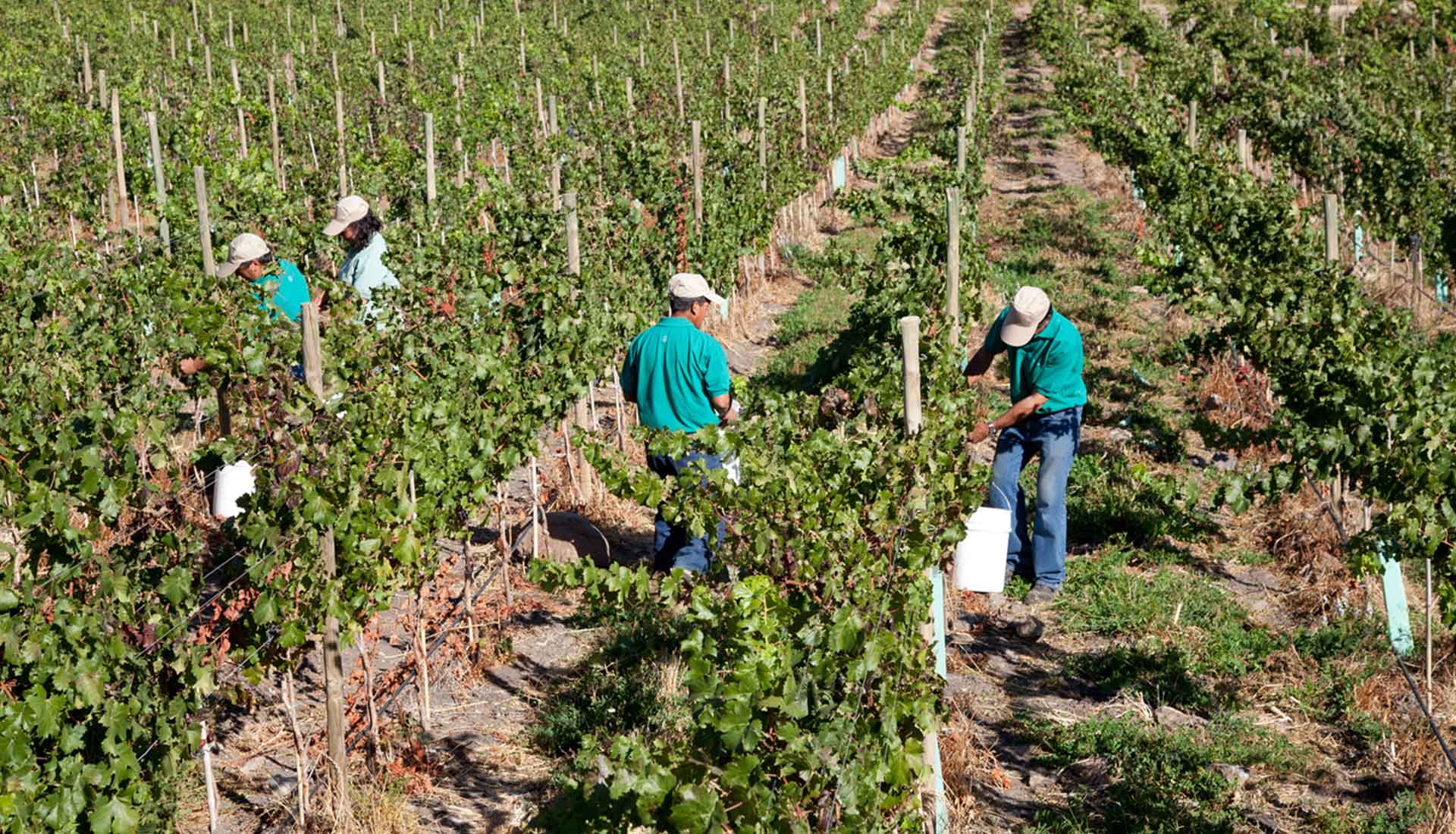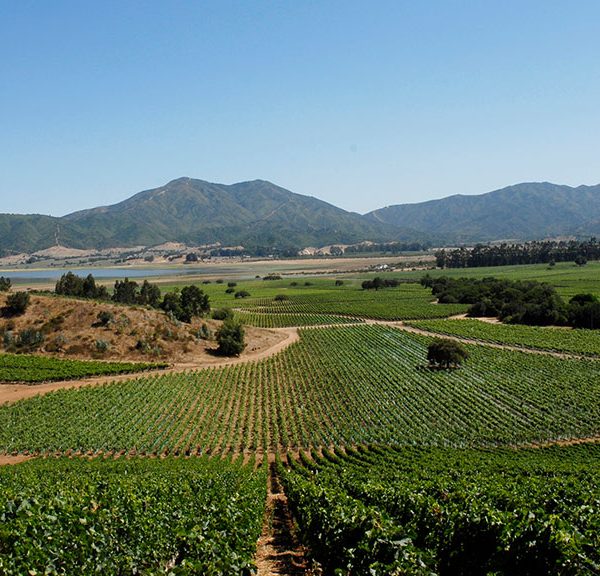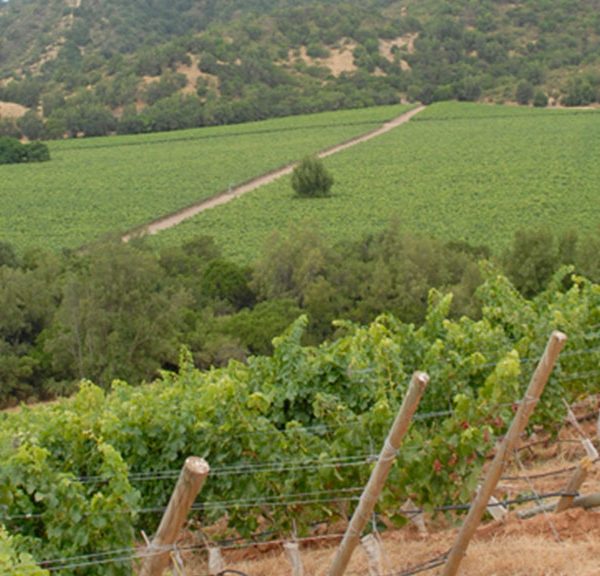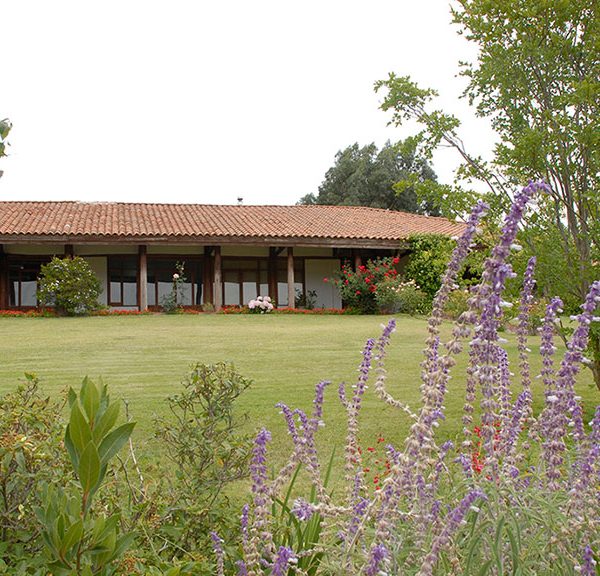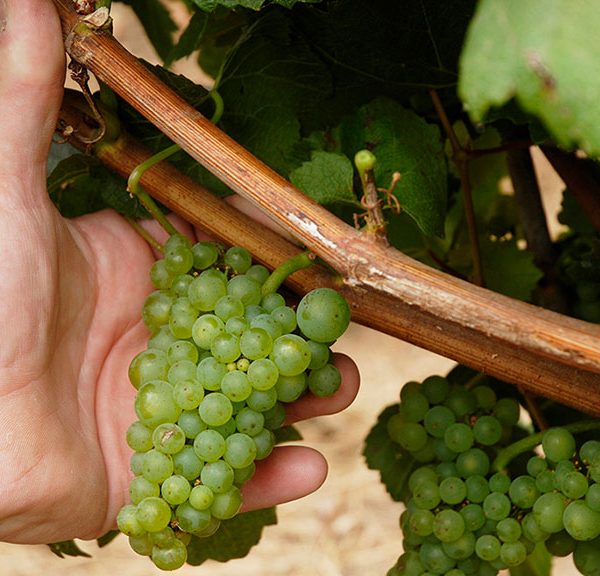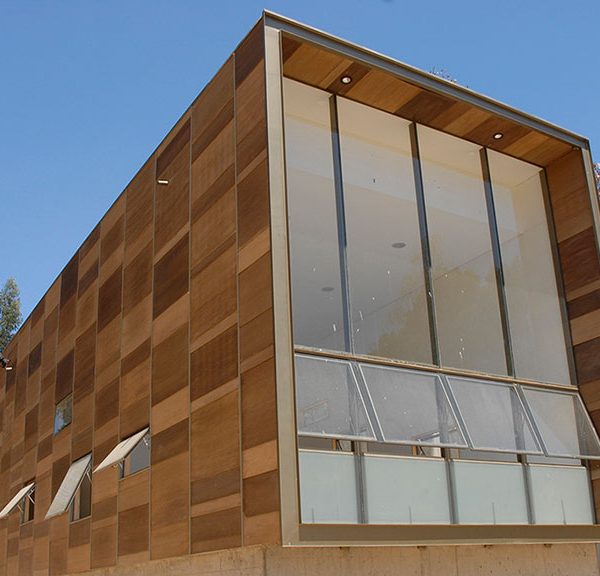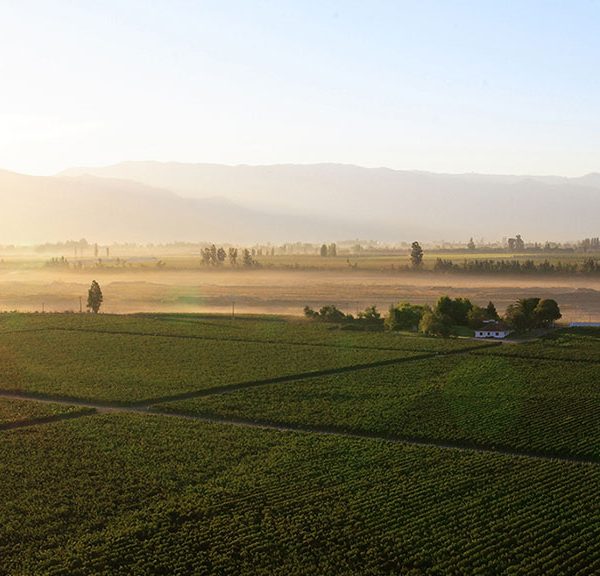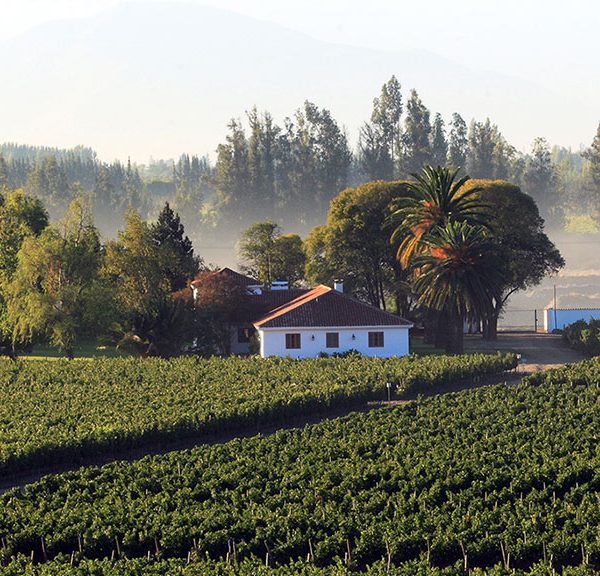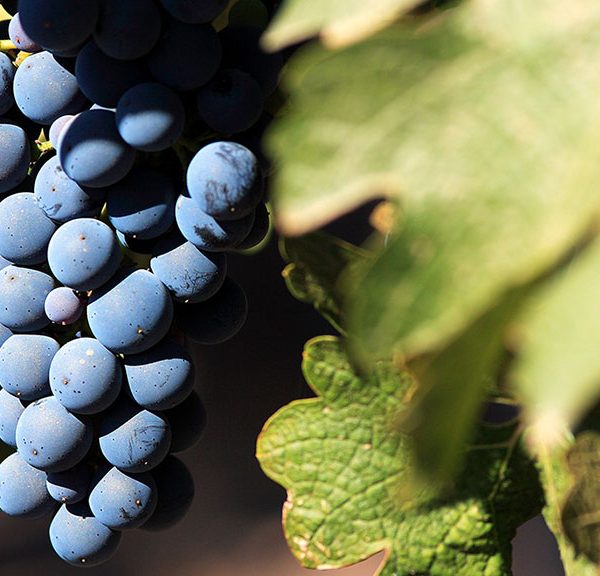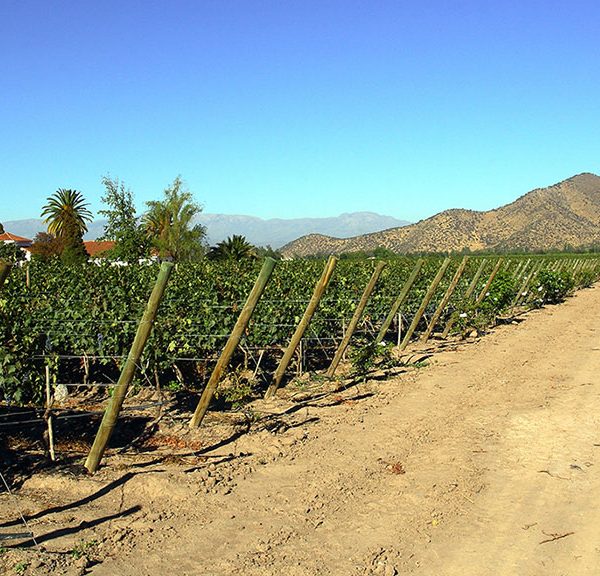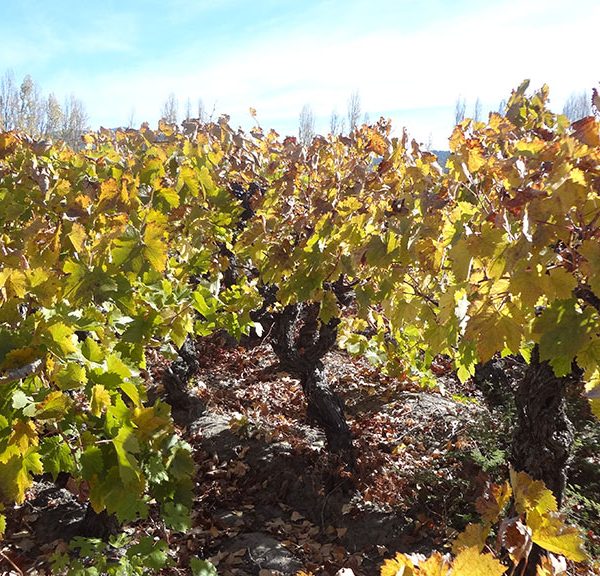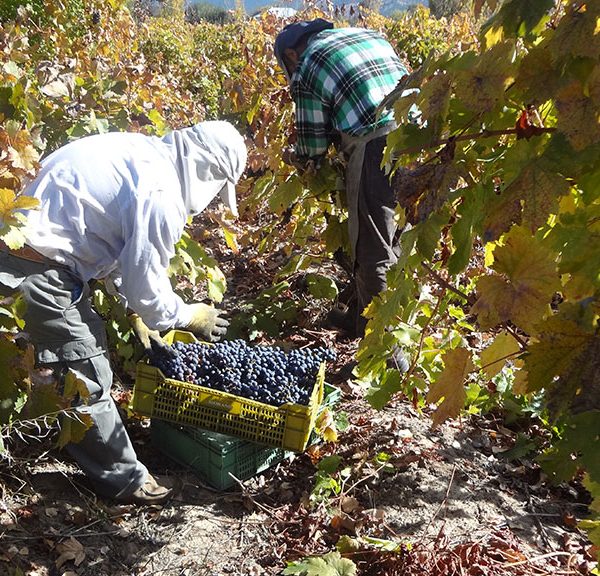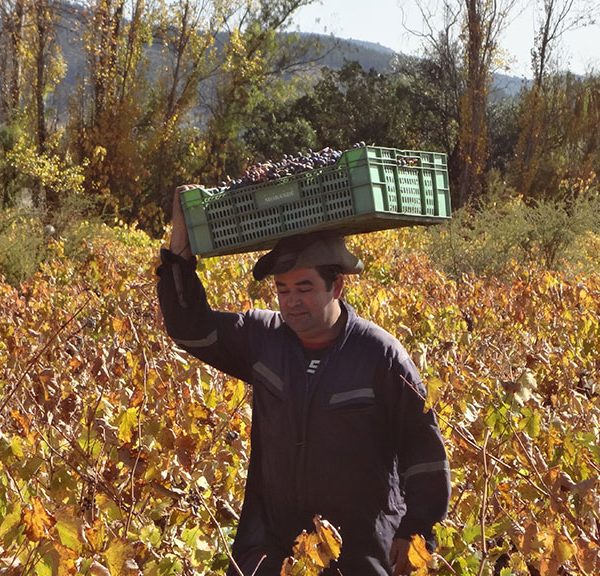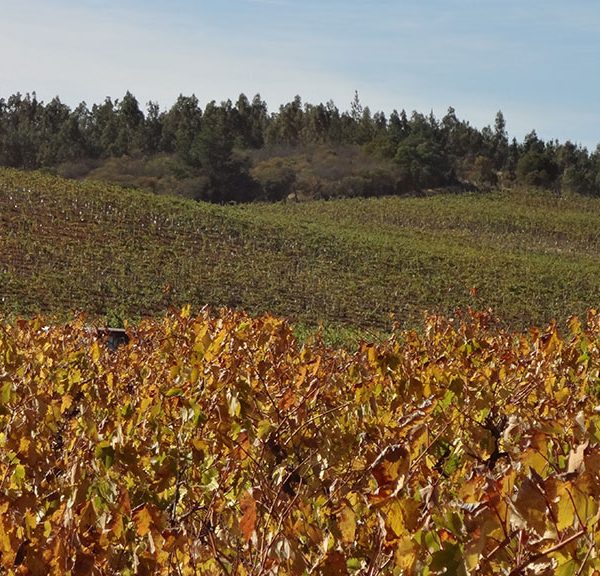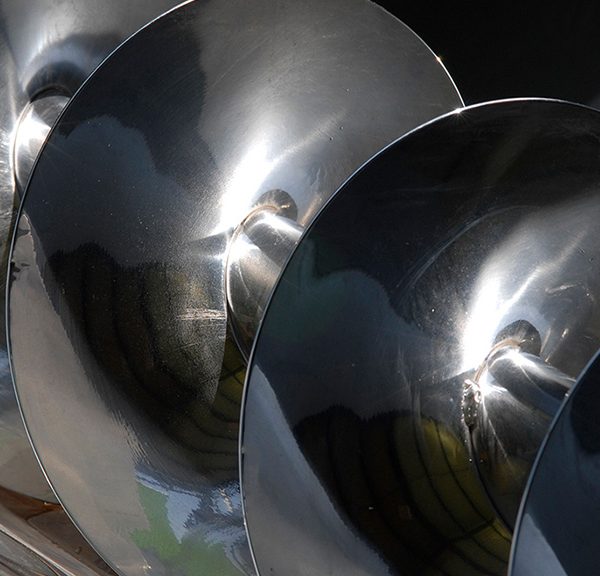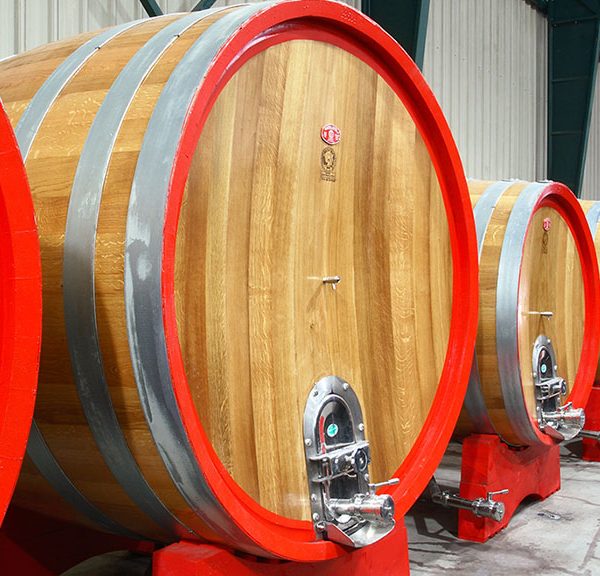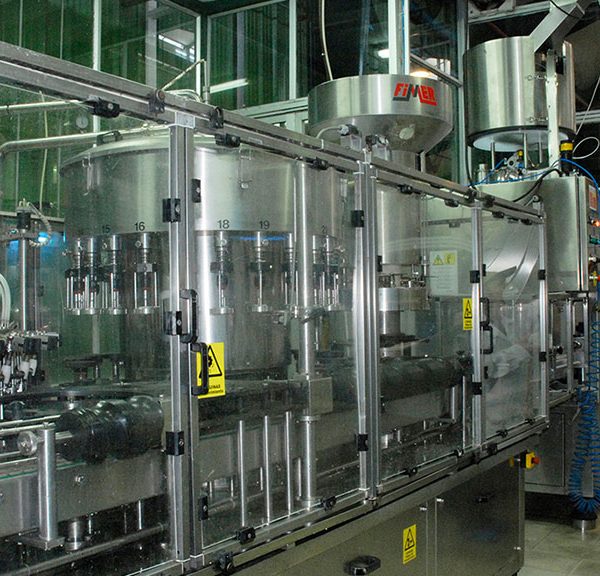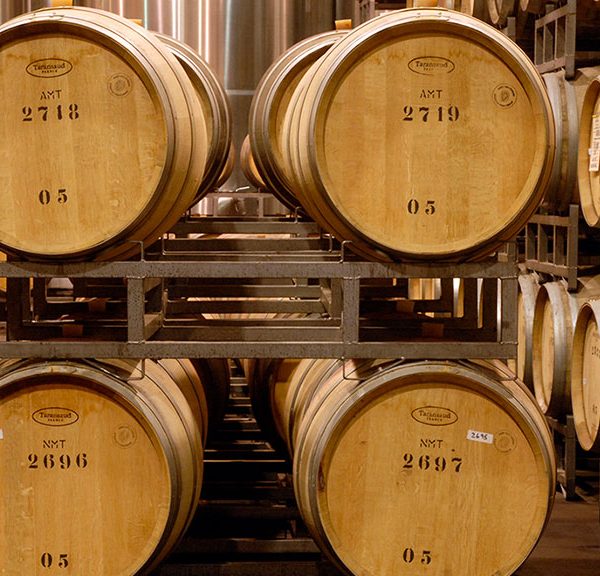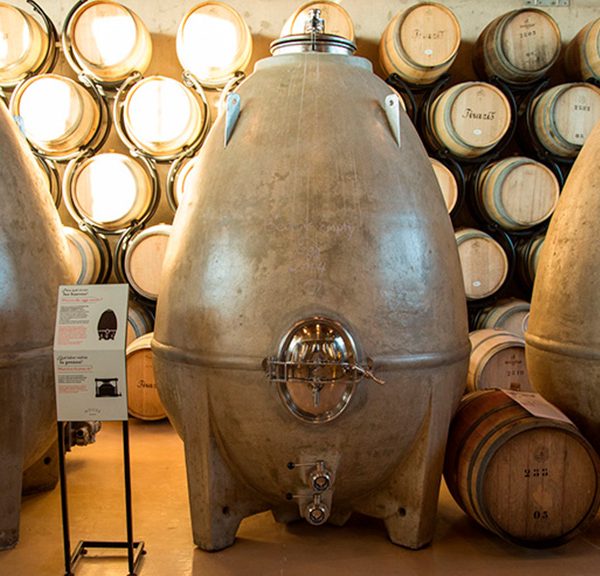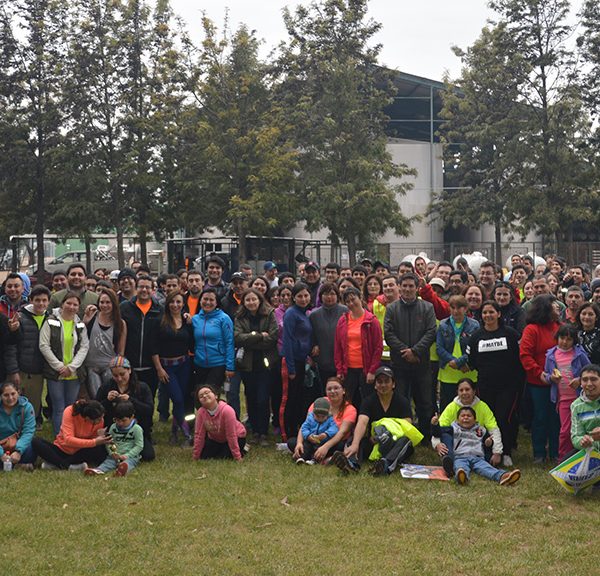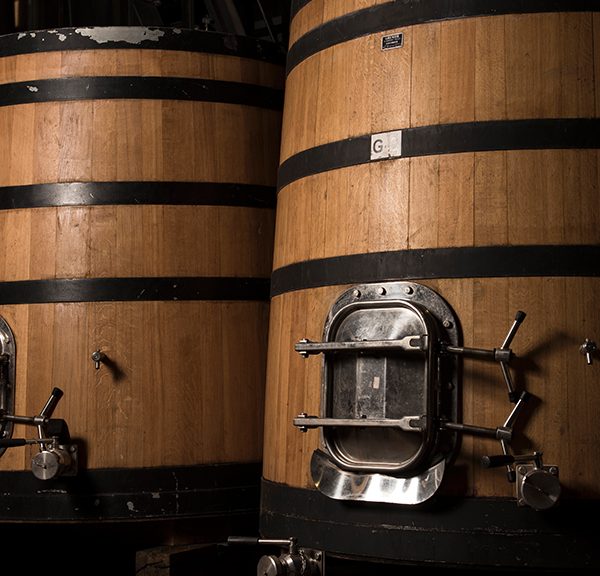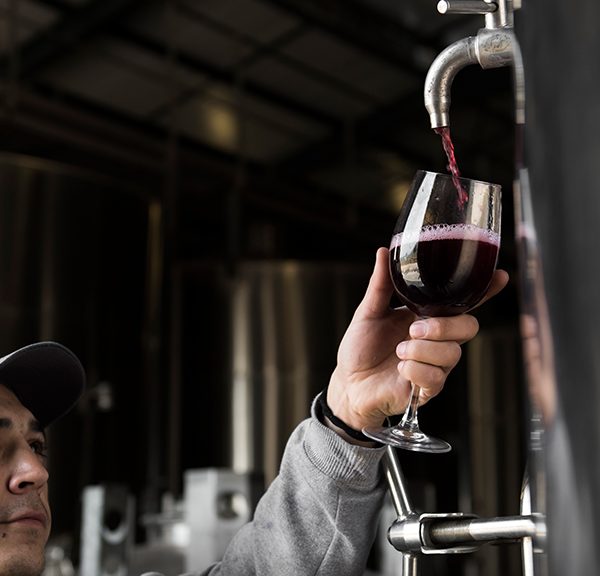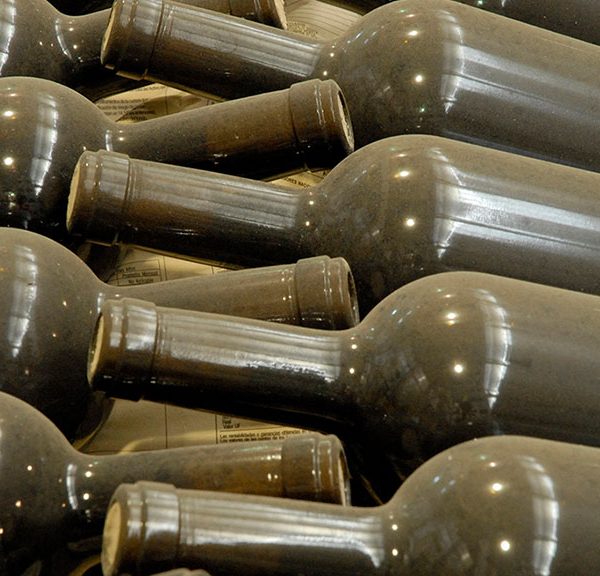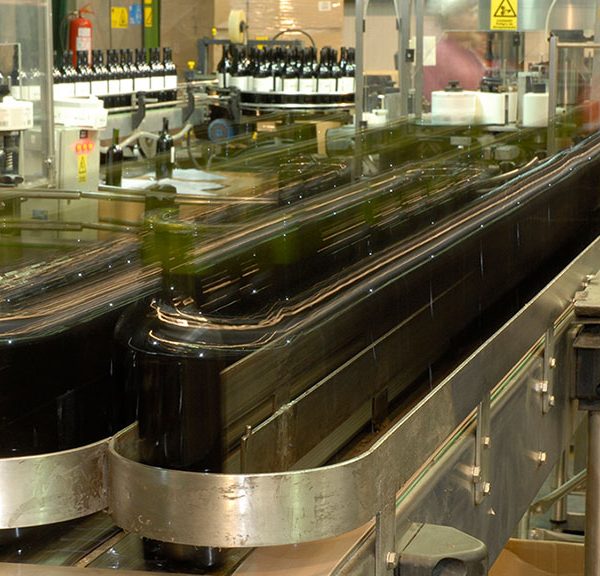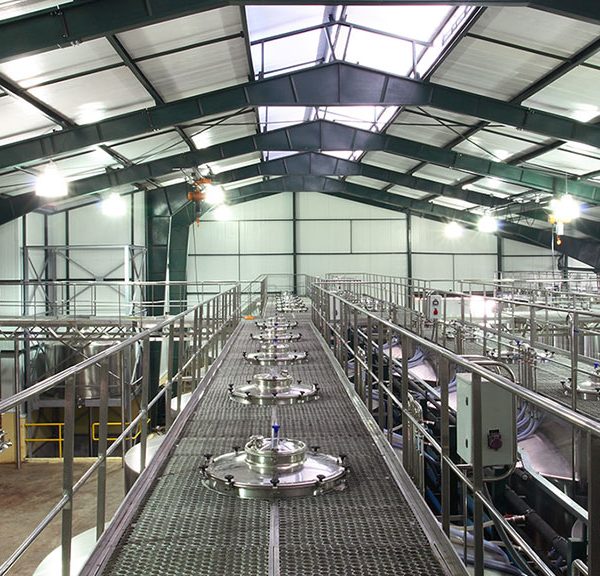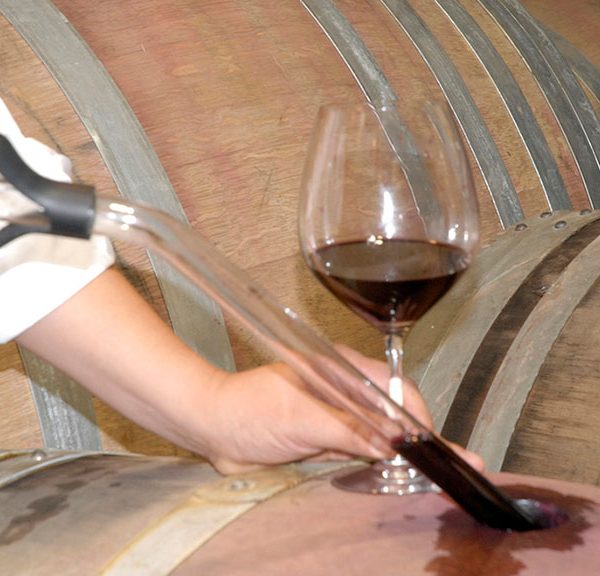Casablanca Valley
We were the first to believe in Casablanca’s potential, and we were not mistaken. Today it is one of the most internationally recognized wine regions for the quality of its wines. Its primary geographic condition is its maritime influence, which enters from the Pacific Ocean and produces morning fog that moderates the temperatures. This characteristic encourages optimal vineyard development, which demands special care to reach the desired ripeness.
The varieties that grow best in Casablanca are Chardonnay, Sauvignon Blanc, and Pinot Noir.
BELÉN PROPERTY
Located in the Lo Ovalle sector of the Casablanca Valley.
The 130 hectares of vineyards were planted in two stages, the first in 2004 and the second in 205. The vineyard density is 10,101 plants/hectare with a distance of 1.5 meters between rows and 0.00 meters between plants.
TEMPERATURE
Cold winters with an average maximum temperature of 15ºC and a minimum of 2ºC. Daily temperature oscillation is very broad during the summer, with an average low of 9ºC and a high of 30ºC. Temperatures also vary significantly between the hillsides and the flat sector, which is more prone to frost.
SOILS AND ALTITUDES
The soils are generally deep with a medium to coarse texture. The soils on the hillsides are clay-loam and range from 274 meters above sea level in the lower sector and 385 meters in the upper sector.
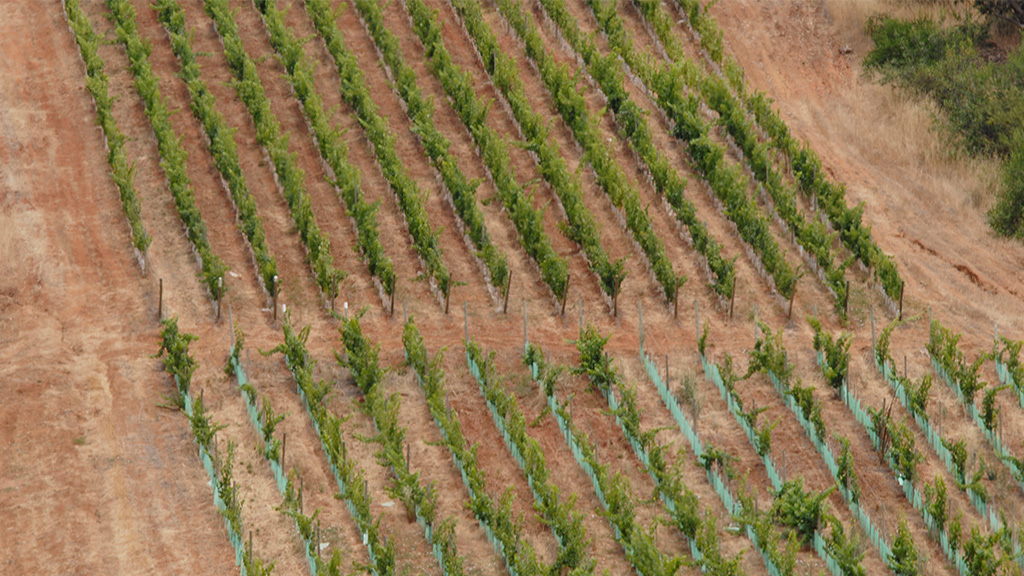
HIGH DENSITY PLANTING
This concept establishes the close relationship between the plantation density and the quality of the grapes. Therefore we focus on developing high-density plantations that are unique in Chile with the goal of making exceptionally high-quality wines in every segment.
High density planting allows us to explore greater soil volumes and take better advantage of available moisture and capture more solar energy.
ABOUT BELÉN PROPERTY
Maipo Valley
Maipo is home to Chile’s greatest winemaking tradition. It has a temperate climate with a hot, dry summer.
Frosts are rare in the valley, and rainfall is concentrated between April and September. Its rocky soils are of alluvial origin with good drainage and moderate fertility. Its climate conditions are beneficial to the development of red wines, especially Cabernet Sauvignon.
ROMERAL PROPERTY
Romeral is located in the Maipo Alto sector of the Maipo Valley. The vineyard consists of 50 hectares planted in 2004 and 2005, all at high density with 6,944 to 10,101 plants per hectare.
TEMPERATURE
Winters are cold with an average maximum temperature of 14.5ºC and a minimum of 4ºC. Daily temperature oscillation is very broad during the summer, with an average low of 12ºC and a high of 28.5ºC. Winds commonly blow through the Maipo River basin in the afternoons and cool the temperatures, which is very beneficial for vineyard health.
SOILS
The property has two soils series. Those in the Cerro Romeral series are of colluvial/alluvial origin in the sectors closest to the hill, and the Maipo series has soils of alluvial origin in the flat sectors closest to the river. They are generally moderately to deep with medium fertility and loam texture with variable presence of stones in the per I, which reveals that many years ago the planted sectors were part of the Maipo’s riverbed. The lower part of the property lies on the riverbed itself, and has poor soils with an abundance of stones and excellent drainage.
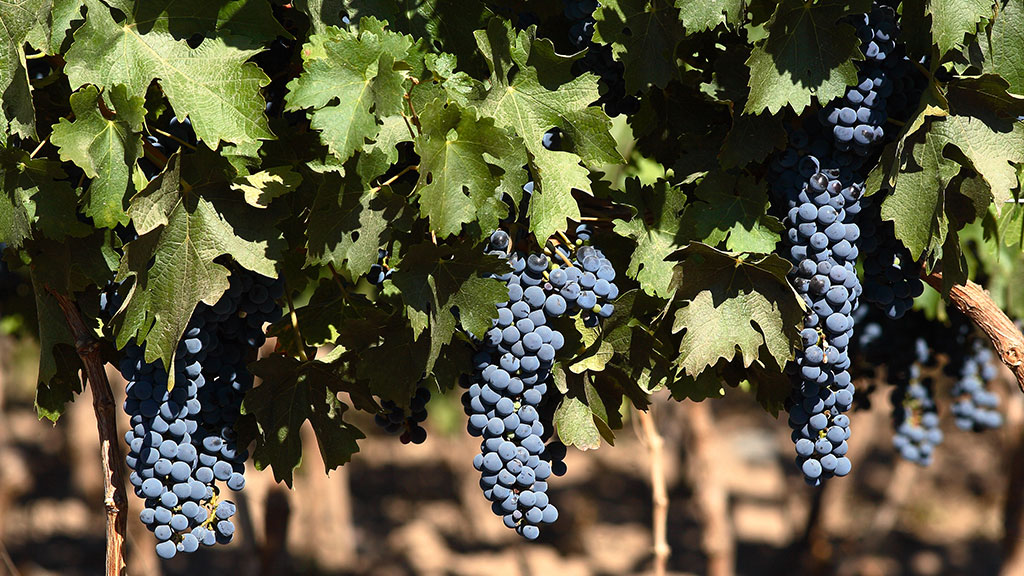
SAN BERNARDO ESTATE
The property is located in the San Bernardo district, at the feet of the Cerro Chena, in the very heart of the Maipo Valley.
It was planted in high density in 1997, with 7,000 plants per hectare. It is trellised to the vertical shoot position, with a north/south orientation of 25º W., and pruned to double Guyot, to obtain, in a natural way, one kilo of grapes per plant.
TEMPERATURE
It features a perfect combination of temperate and warm Mediterranean climate, with long, dry summers and cold winters. During the growing period of the grapes (from October to April), the average maximum temperatures in the vineyard reach 28º C, and the average minimum, 9º C. The total degree days (hours of the day with more than 10º C) range up to 1,750, and the relative humidity is about 50%. Rainfall doesn’t exceed 30 mm.
SOILS
They belong to the third alluvial terrace of the Maipo River, which offers a profile of gravels and clays and a loamy texture that allows the roots to develop deep. To a great extent, this type of soil is responsible for the quality of Maipo’s great wines.
ABOUT ROMERAL PROPERTY
Maule Valley
Generally speaking, the climate in this region is sub-humid Mediterranean, although it is recognized as the valley with the greatest climatic diversity.
Rainfall is concentrated in the winter and the temperatures tend to be low, with a broad difference between daytime and nighttime temperatures. The soils are of alluvial and volcanic origin. Maule is one of Chile’s most extensive valleys and has the largest production of wine grapes, but the Secano Interior sector merits special note for the large number of old País and Carignan vineyards still managed using the same techniques inherited from the Spanish Conquistadors—head-trained, low density, and dry farmed to adapt to this area with hot, dry summers and granitic, red clay soils.
Maule’s Andean foothills also produce outstanding fresh and fruity white wines thanks to its alluvial soils and the mountains’ influence on the climate.
SANTA ELENA PROPERTY
Located in the Melozal sector, the vineyard was planted in the early 1950s with varieties such as Carignan, País, and Sémillon and later grafted with Mediterranean varieties such as Grenache and Syrah. It is in a sector that is nestled into the Coastal Mountains and the Secano Maulino. The landscape features rolling, east-facing hills with very poor granitic-clay soils. The Carignan vines are head or gobelet trained, while the Grenache and Syrah are trained to vertical shoot position with an open canopy.
The average temperature during the vines’ vegetative period (October–April) is 23ºC with average highs of 32º–34ºC and average lows of 12º–14ºC.
LA CONSTANCIA PROPERTY
This vineyard in Pencahue was planted to Malbec and País in the mid-1950s. Located on the eastern side of the Costal Mountains, the soil is predominately colluvial with granite in the clay matrix. The País vines are high head trained in the traditional manner, while the Malbec is vertically positioned with an open canopy.
The average temperature during the vines’ vegetative period (October–April) is 19.2ºC with an average high of 28ºC and average low of 10.3ºC.
PELEQUÉN WINERY
RAPEL VALLEY, 122 KILOMETERS SOUTH OF SANTIAGO
The winery is equipped with:
1. Reception lines: two lines and a selection table connected to crushers and heat exchangers.
2. Press zone: pneumatic and hydraulic presses with a total capacity of 300 tons per day.
3. Bottling line: two multi-format lines with a capacity of 5,000 bottles per hour.
4. Capacity: 11.5 million liters in stainless steel tanks, plus 800,000 liters in American and French oak barrels.
5. Storage capacity: 1 million bottles.
6. Laboratories: latest-generation analysis and microbiology labs to ensure the highest quality products.
SUSTENTAINABILITY
At Morandé Wine Group we are convinced that being in harmony with the environment and our surroundings goes beyond just the land and water, but also extends to the communities and people who belong to them.
We understand that natural resources are limited and that their prolonged use generates social and economic problems. This occurs in all types of countries and realities, making sustainability both necessary and urgent. Therefore, we aim to work toward resolving this issue at a human level.
Sustainability seeks to satisfy the needs of the present generation without compromising the possibilities of those to come. Our challenge is therefore to integrate the sustainable management of the environment with the needs and realities of the current economic and social setting, while being mindful of the future.
This has given rise to a specific area of the company dedicated to implementing sustainable practices to benefit our environment into our decision-making and processes.
SEE THE MORANDÉ WINE GROUP SUSTAINABILITY WEB PAGE
